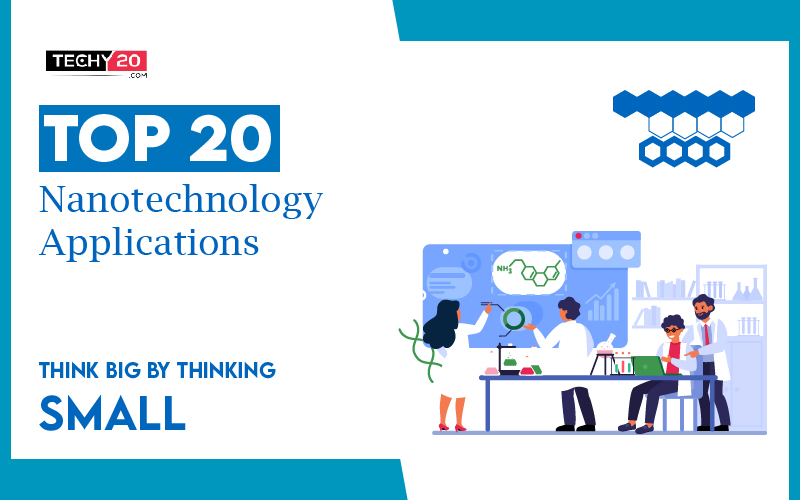Nanotechnology impacts almost every aspect of food and agricultural systems, including food and nutrition security, diagnostics and therapeutics distribution channels, new tools for molecular and cellular biology, new pathogen detection materials, and environmental protection. Nanotechnology can already be found in a variety of everyday commercial products. Nanotechnology is already being used to improve the functionality of a wide range of consumer products. Nanotechnology-enhanced products rely on changes in physical properties as feature sizes are reduced. Many real-world examples of nanotechnology exist, but others, such as nanobots, are purely fictitious. The following are the top 20 everyday applications of nanotechnology.
1. Robots
The main issue with today’s conductive materials is that most of them are rigid. Metal and wire can bend, but they are not easily pulled, twisted, or distorted. The 1.3 nm carbon nanotubes are thinner than a single DNA molecule and, despite being nonmetallic, conduct electricity. This new elastic material, when combined with a rubbery polymer plastic base, will allow electricity to flow while maintaining flexibility. Potential applications involve knee and elbow joints, initially for robots but eventually for human prosthetics.
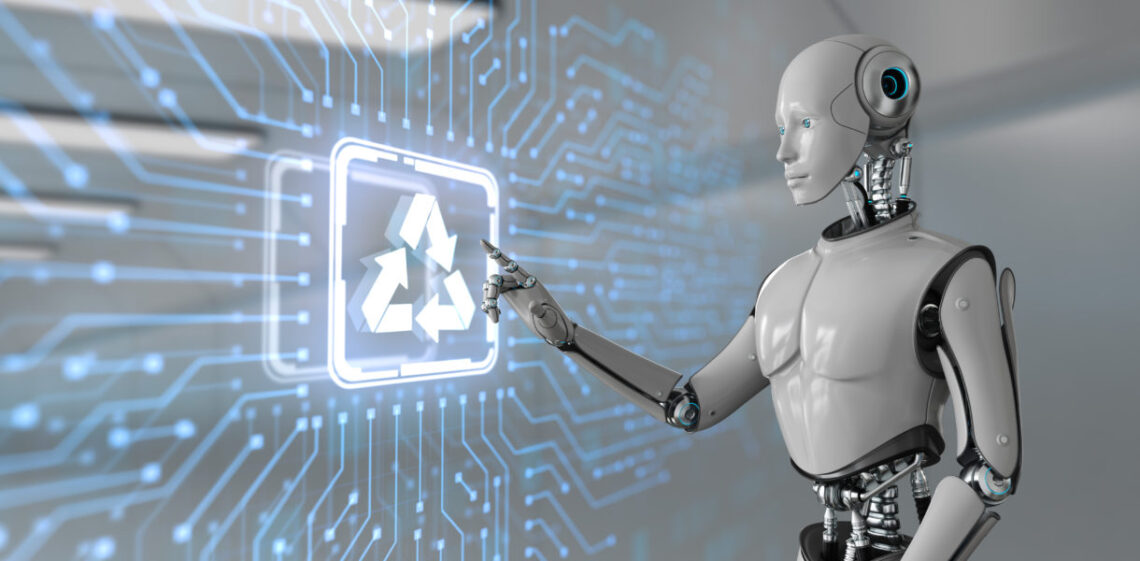
2. Molecular Printers
There are 3D printers that can print anything from toys to skin. And now, a research team has figured out how to output the outcome of a CAD programme to a printer that will build responsive molecules piece by piece. This is a fantastic method for developing personalized medicine. This printer can print on a new scale using chemicals. Each chemical building block has connectors; the role of the molecular printer is to expedite the process of connecting the building blocks and creating a chemical reaction.
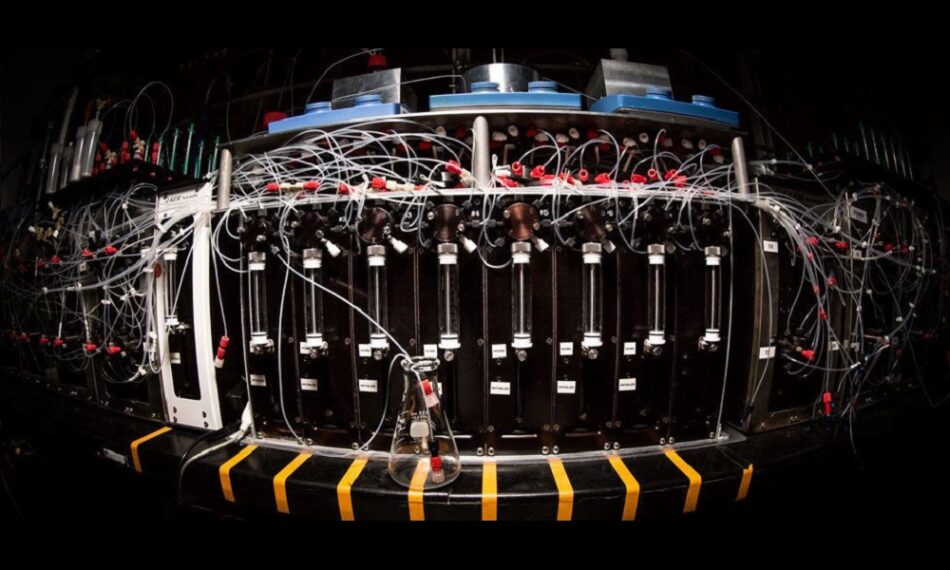
3. Sunscreen
For years, nanoparticles have been introduced to sunscreens to increase their effectiveness. The zinc oxide and Titanium dioxide are two different types of nanoparticles commonly used in sunscreen. Because these tiny molecules are not only extremely effective at stopping UV radiation, but they also feel lighter on the skin, modern sunscreens seem to be nowhere near as thick and claggy as the sunscreens we could be slathered in as children.
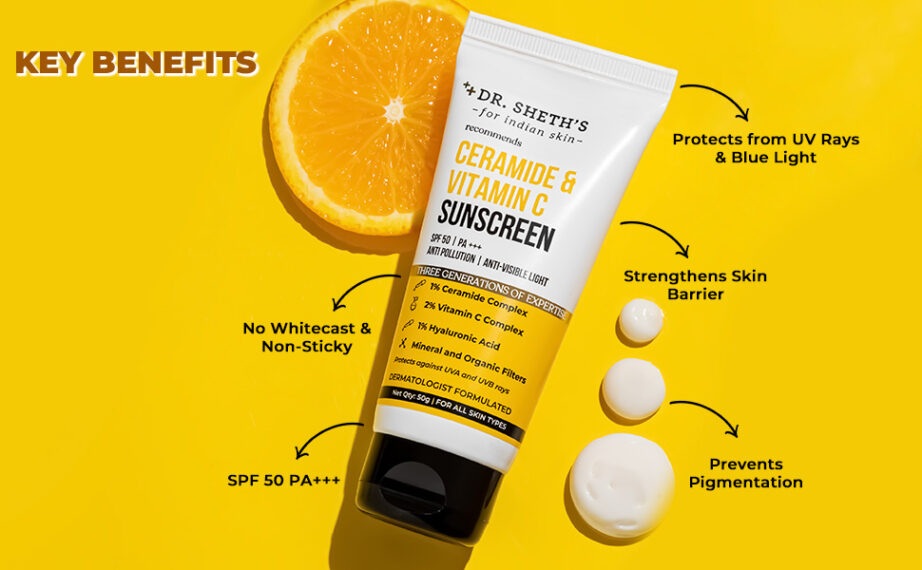
4. Super Condoms
Researchers successfully created a fabric woven from sperm-blocking fibers with anti-HIV drug delivery fibers using a simple nano-fabrication technique called electro-spinning. The outcome is a female condom that prohibits pregnancy, protects against HIV transmission, and then vaporizes within hours or days, depending on how it’s made. It’s known as the world’s perfect condom. Also, Bill and Melinda Gates Foundation has already given the researchers $1 million to mass-produce them.
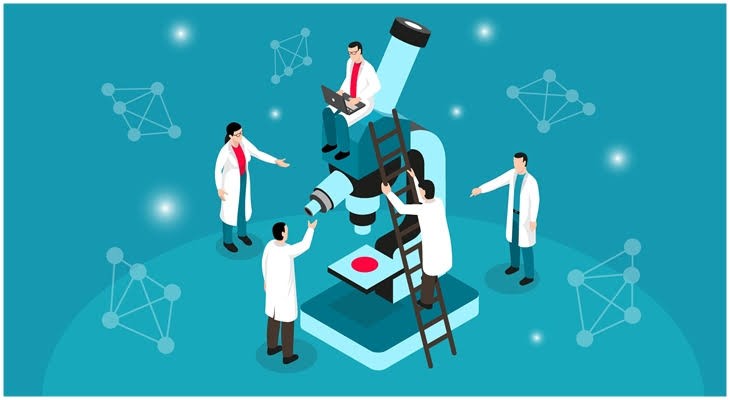
5. Artificial Muscles
Carbon nanotubes are used in many nanoscale devices and systems, and their ability to transform into artificial muscles is just one of their many remarkable properties. A carbon nanotube absorbs ions when immersed in a charged solution, widening and coiling up. When those ions are released, they uncoil in the opposite direction, stretching out. This motion resembles the action of a muscle by coiling and expanding, finally uncoiling and stretching. It means we have a molecular outboard motor capable of propelling other molecules.
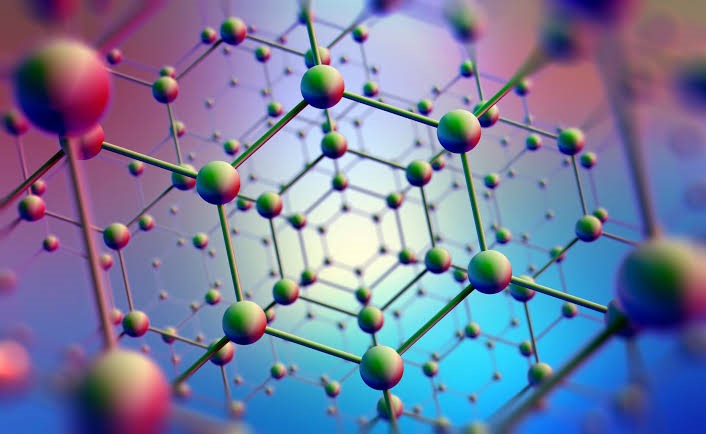
6. Stretchable Gold
Stretchable gold, which can be displayed on rubber circuit boards, has been invented by scientists. You can deform and torque the devices as much as you wish with stretchable gold circuits or have a squeezy computer. They developed a material consisting of spherical gold nanoparticles incorporated into a flexible polyurethane that remains electrically conductive when stretched.
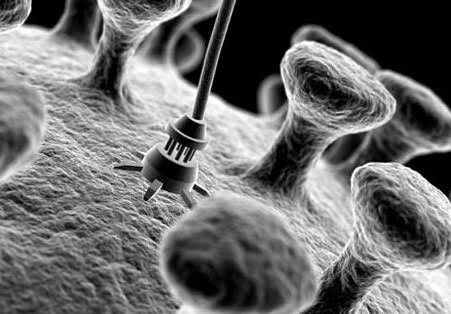
7. Nano Glue
Nanotechnology can also be used in the performance of adhesives. Most glues lose their adhesiveness at high temperatures, but a strong “nano-glue” not only holds up to high temperatures but grows stronger as the temperature rises. It’s an adhesion promoter designed to improve the connection of adhesives and top coats to ceramic surfaces. When an adhesive or top layer is applied to a nano-glued glass surface, the top coat’s durability and life are significantly extended.
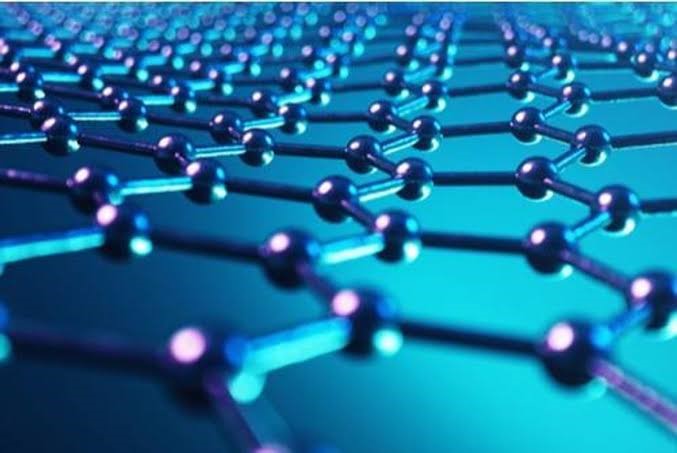
8. Capsules
One of the major issues with cancer therapy is that oncologists want to supply medications to the exact location of cancer in your body. The drugs are installed within these nanoscopic capsules, which are captivated by the patient’s specific type of cancer. When the capsules come into contact with cancerous cells, they release their medicine, causing cancer to die but leaving the entire body unharmed. Eventually, we may be able to inject nanoscale machines into your body that function as tiny pharmaceutical labs, manufacturing and delivering drugs using natural resources of your body, from enzymes to proteins.
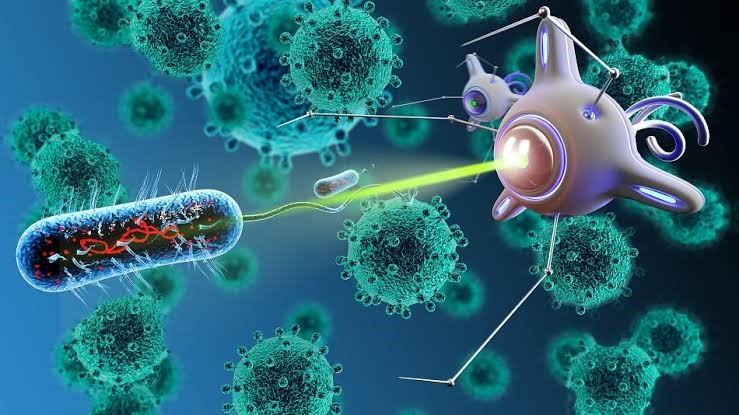
9. Electricity-Generating Viruses
A group of scientists has discovered how to modify viruses to convert stress into electrical energy. Paint these viruses on the bottom of your shoes, and you’ll be able to charge your phone. Alternatively, use them to paint a dance floor and power your entire club. One day, technology could lead to devices like smartphones that harness the energy from daily movements like walking.
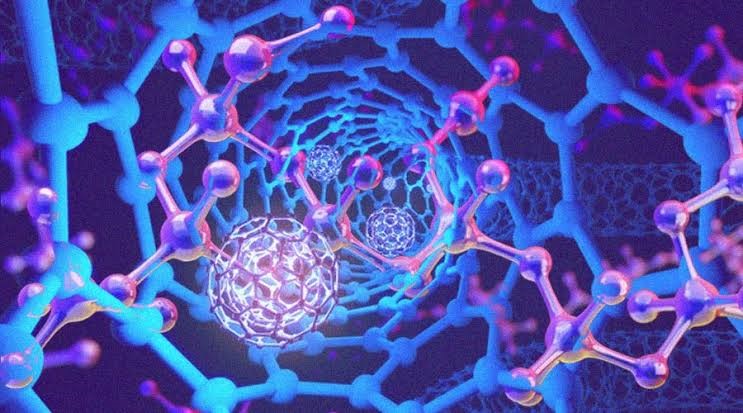
10. Stainless Cloth
Scientists are developing the upcoming generation of water-resistant, stain-resistant clothing. This isn’t just cotton that’s simple to clean. Because it is made of several nano-layers of oppositely charged films that consciously repel anything from water to acids, it “shrugs off” stains. Deadly chemicals may leap from your clothing.
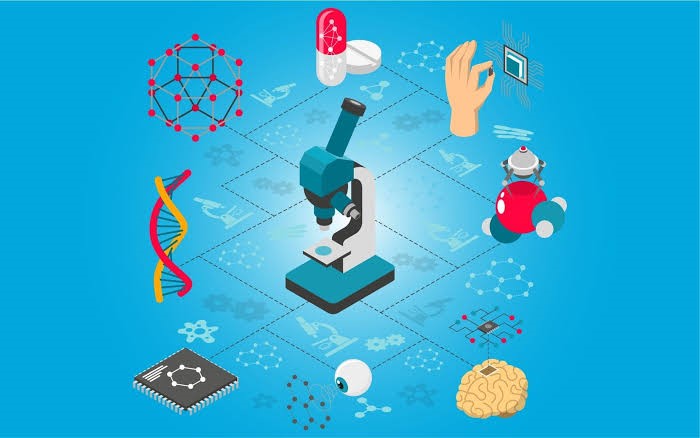
11. Furniture
Upholstered furniture can be made water repellent and stainproof using nanotechnology in the same way that garments can. Even more effectively, nanotechnology is assisting in the reduction of flammability in furniture; producers can reduce flammability by up to 35% by coating the foam used in soft furnishings with carbon nanofibers.

12. Self-Healing Materials
Self-healing materials, from self-healing concrete to ship hulls that knit back together, are becoming more common in the nanofabrication era. When a plastic rips, it “bleeds,” using the forced out “blood” to replace damaged areas and even become healthier. It is one of the most bizarre examples of a self-healing material.
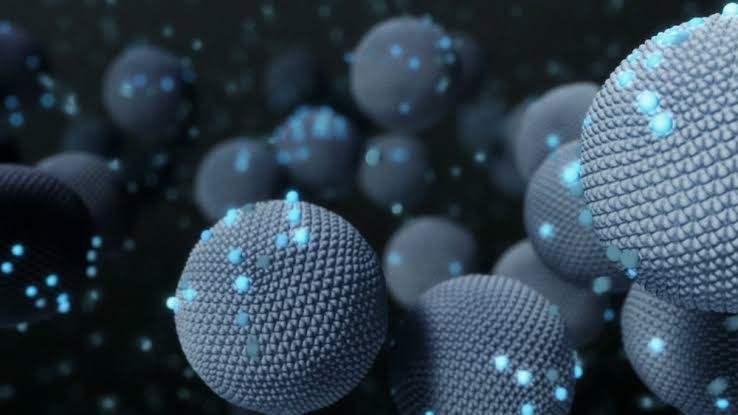
13. Car Paint
Indeed bird droppings can damage car paintwork. To combat this, Nano-repel has demonstrated an excellent nano coating that can be used to safeguard the paintwork of a car from bird poop. In addition, the company manufactures adhesives to protect car interiors from stains and spills.
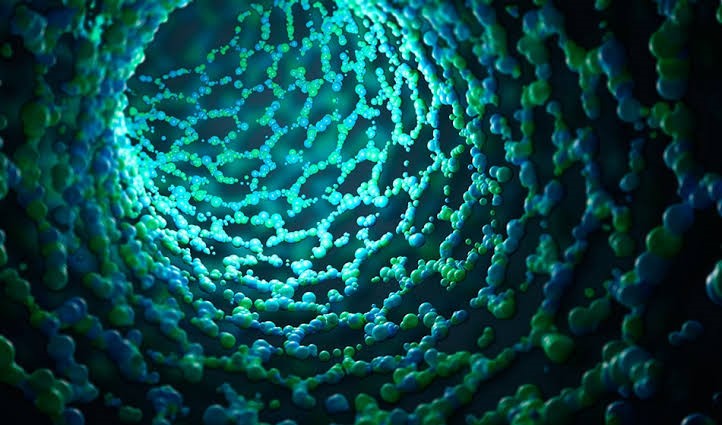
14. Nanochip
In the context of computer science, nanotechnology is a type of engineering aimed at creating electronic components and systems measured in nanometers, which are extremely small in size and structure. Intel is unquestionably a market leader in microelectronic processors, with the modern version of Intel’s Core processor technology being a 10-nanometer chip. When you consider that a nano-meter is one billionth of a meter, that’s quite impressive.
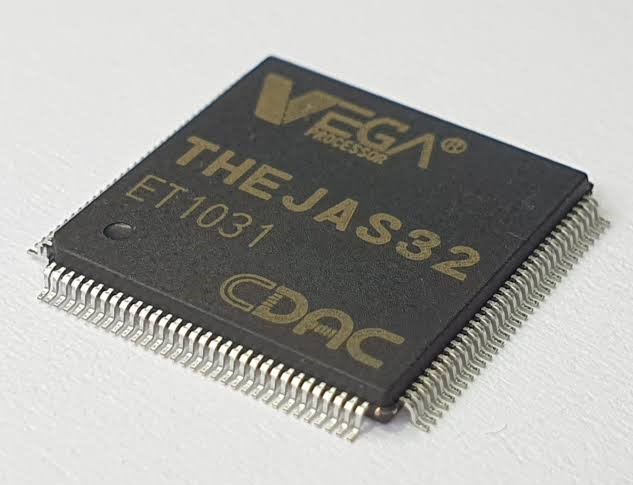
15. Tennis Balls
Tennis is a great example of nanotechnology in sports. Tennis racquets that appear to be twice as stable and 22% more powerful than conventional racquets have already been designed. In addition, scientists are working on developing tennis balls that can keep their bounce for much longer periods. The inner layer of the ball is coated with a combination of microscopic balls of butyl rubber as well as tiny clay particles to achieve this effect.
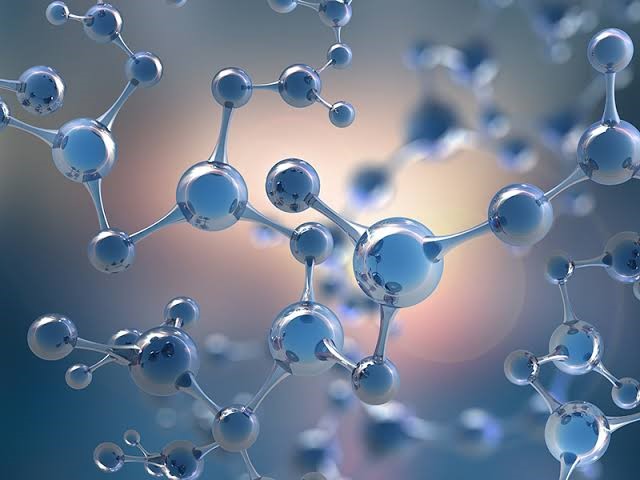
16. Swimwear
Scientists can use nanotechnology to create ultralight swimsuits that allow swimmers to glide through the water. The moisture content of the new fabric used in this activewear has been whittled down to 2% of the fabric weight. The previous generation of substances used in the low-drag swimming costume absorbed 50% of the energy.
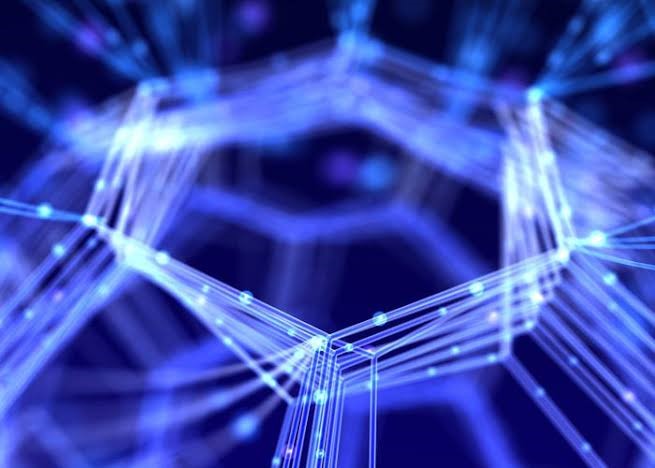
17. Golf
On the grounds of nanotechnology, the golf game has also undergone significant changes. By lowering the weight and center of gravity, the nanomaterials improve the club’s power and accuracy. Golf balls have also been tampered with. Using new materials has permitted the ball to fly much straighter without an uneven spin.

18. Sports Equipment
The use of nanotechnology has enabled the use of silver’s naturally antibacterial and antifungal properties to create silver nanoparticles that can tangle with cotton, plastic, or nylon substances in sports equipment. Although the particles are small in volume, they have a large surface area. As a result, they can interact with more fungi and bacteria, preventing their formation and growth. This can significantly improve the cleanliness and odor of the equipment.

19. Handwash
The nanoparticles have antimicrobial properties via multiple mechanisms. The bonding strength of nanoparticles to microbial cells and reactive oxygen species, as well as their infiltration inside the cells, have been identified as the most predominant modes of antimicrobial action. As a result, silver nanoparticles provide antibacterial properties in hand washes.

20. Graphene
In 2010, researchers at the Manchester university in the United Kingdom were awarded the Nobel Prize in Physics for their task on graphene, a one-atom-thick sheet of carbon that they first isolated six years before. The very first two-dimensional material was graphene. It is, however, the most powerful and conductive material known to humankind. According to some experts, graphene applications could have an impact comparable to the Industrial Revolution.


